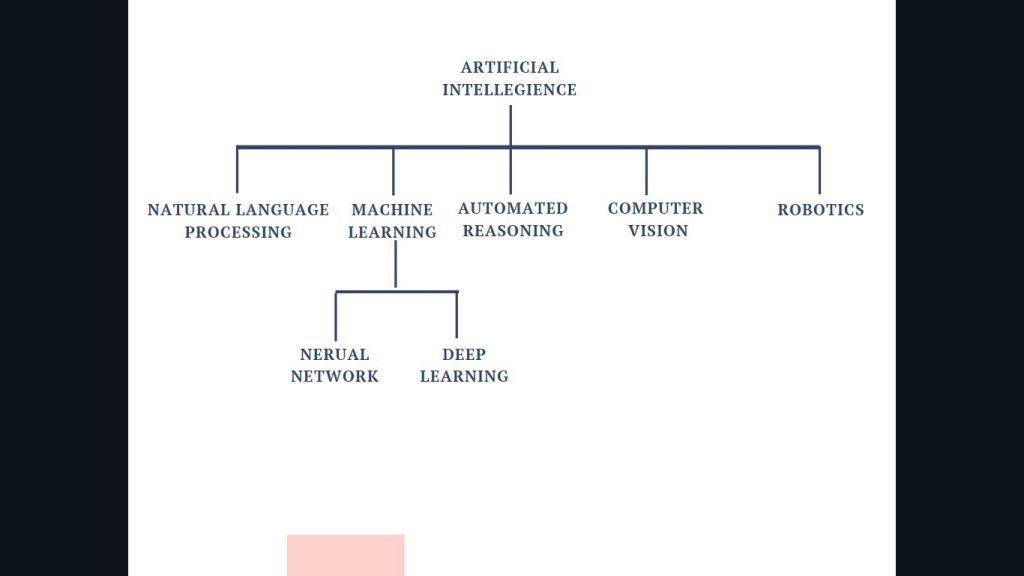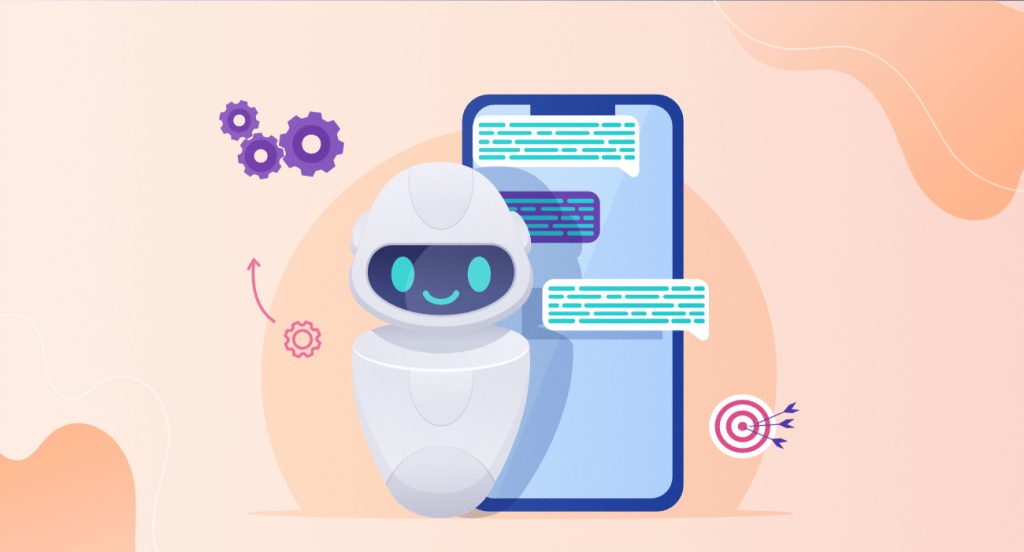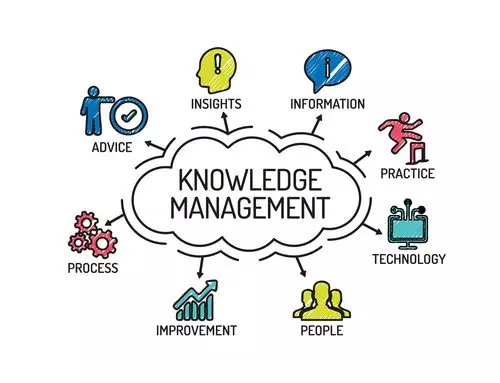Would you be surprised if I say AI is in charge of our decisions?
“By 2029, computers will have emotional intelligence and be convincing as people.”
— Ray Kurzweil, Googlegeist, pattern-recognition technology pioneer
Yes, DevSamurai Vietnam gives you the examples to prove them.
- AI in technology:
Gmail learns to categorize the incoming emails, and in time it gets efficient day by day. So are the Alexa and Siri, self-driving cars, which has a network of smaller narrow artificial intelligence talk to each other, identify accidents.
- AI in medical diagnostics:
Microsoft is training the AI system to predict the outcome of surgeries. A feed-in data to learn the pattern, of success and failure of the data and was able to predict the optimal surgery conditions that could help in increase the rate of success.
Google also training the system to diagnose diabetic retinopathy better than the doctors. AI is trained to do certain tasks better than humans.
- AI in robots:
Robots are becoming essential workers in the pandemic. From taking swabs to helping patients and doctors, and cleaning covid areas, this pandemic is booming in the robot industries.
These were the commercial use of AI, but you could even design an AI system for your personal use.
We’ll here is an example of an NVIDIA employee, designing an AI system identifying cats hanging on his lawn and keeping them away. This system is pretty simple, IP camera feed with cat images, a pre-trained model, and a sprinkler that turns on when the cat is around.
AI is a set of different fields of machine learning that are combined to create a particular task. Given the advent of AI in our lives in multiple phases, AI will make its way for IT Service Management or ITSM.
Changing face of IT Operations with AIOps
Value AI brings to ITSM:
ITSM is a set of activities designed to control your IT services operations. It’s the beginning of incorporating AI into ITSM and as the decision-makers, we need to decide where we can implement AI in ITSM.
- Doing things that humans would rather not do:
Work that drains the efficiency or lack of interest for a human would not allow these tasks as effective.
- Doing things that humans are not good at:
AI can deal with tasks that require precision and professional experience. Since the AI works on knowledgeable data, it can analyze the existing data and make decisions for uncommon situations, that generally require experienced professionals.
Why you need AI-solution for project managers?

The scenario in ITSM:
There are various scenarios in ITSM where AI can be incorporated. Let’s take the example of the help desk.
1) Help desk is one center where a huge volume of tickets accumulates every month. Although the tickets are categorized based on priority during ticket creation, it doesn’t ensure that all the information you need is available. In cases like these, automated solutions overcome these problems but, these solutions are static rules defined based on our experience.
With an AI application, you can create a system, that learns from the historic data to categorize tickets based on the parameters. It trains itself to increase efficiency over time. So based on the results over time, it learns to increase efficiency over time.
For example, an AI application suggesting the user of probable fixes for a broken printer. This is one task that humans rather not do, we have IT technicians fix the raised issue.
2) Help desk activities generate a large volume of data to get us strategic insights. Connecting the dots and putting the strategic inputs require skilled effort, and you would have the system do it. To train an AI system where you can learn from existing data, and bring strategic insights before implementing the decisions.
For example: preventing the failure of implementation done by the change management team just because their vendor couldn’t support them due to lack of vendors support. An AI system can set up, to warn you before the implementation that resists the fail change.
AI uses the historical data, and they use the patterns, to flag anomalies and issues in the help desk system,
By predictive analysis, the flagging system violates SLAs, identifies potential IT problems, and change failure patterns.
Overall implementing AI can help with intelligent automation, help develop insights, and providing analytics,
How AI works on IT services
AI is the touchpoint between the users and the IT service desk.
The historical data of the IT help desk becomes the training data of the AI bot or AI system. AI system learns the patterns from data, once done, it becomes a trained model to be applied.
As the AI system works on the IT service desk, it learns from the live data to increase its accuracy. You need a set of IT service data, to train an AI model. Any IT service desk train set is specific to their trained data, so it cant be replicated to other systems. Each IT services team needs to train their own AI system, with their service desk or information.

1) ChatBots:
Chatbots is our first point of AI for our application on the help desk. There are scenarios where it’s used immediately through a third-party chatbox integrating with the IT service desk or hire vendors with chatbots for this task.
For example, a user reporting not able to use the printer. The chatbox can suggest the relevant articles for end-users. If the chatbot is unable to provide solutions, it automatically creates an issue and assigns it to human assistance.
Chatbots are powered by NLP and achievable immediately. For the chatbot to work, it needs a good sturdy knowledge base of your work history. Unless you have a sturdy knowledge base, it will not give you the specific required answer.
Chatbots can be per-train to proactively identify issues, or incidents providing necessary resolutions even before the occurrence of the incident.
Here AI acts as the first touchpoint, with end-users or the IT service desk.

2) Knowledge management:
AI can help to increase the knowledge base. Rating of the relevant articles or solutions from the training or feedbacks helps when the users are creating the ticket. Users get the recommendation of probable solutions that could work, even before raising the ticket. Some of the IT services have this system, but with AI that trains automatically on collected data and learns which solution is most appropriate for an issue.
It can identify the problem areas, collect KB articles for further references.
More knowledge-based articles that could help end-users resolve incidents on their own. And success rates of all existing knowledge base on each category. Improving the knowledge base improves the efficiency and effectiveness of AI-powered chatbox.
3) Service request management:
Automating an employee onboarding request involves tasks like providing the appropriate system, id card, creating email id, bank account, laptop software, file access to the project, etc. Again these tasks depend on the type of requirement, department, workplace, and that’s a lot for HR to remember. AI can initiate these tickets and work before initiating the onboarding process.
You could also get intelligent suggestions coming in based on historical data, enhancing your service delivery model. Then as an extension, AI system also looks into the service request suggesting the required process for candidates that are few months before onboarding, or come up with suggestion based on service request submitted by his fellow project members,
These are a few incidents where the AI can help you change the approach in working on IT help desk services,
4) Change management:
Change management defines the major or minor changes required in the organization. AI identifies the problem and helps to improve the change by potentially suggested a plan or change. Impact analysis during change implementation
Takeaway:
AI will generate more jobs rather than throwing you from the job rather redefines your jobs for contributions.
If you are planning for the AI implementation Chatbots is the first immediate application on the service desk. A lot of third-party chatbots that available for integration, with the IT service desk. It learns from historic data and knowledge base incidents. With functions like automatic categorizations, intelligent assignment, flagging anomalies, and predicting issues, these are the immediate impact of AI.


